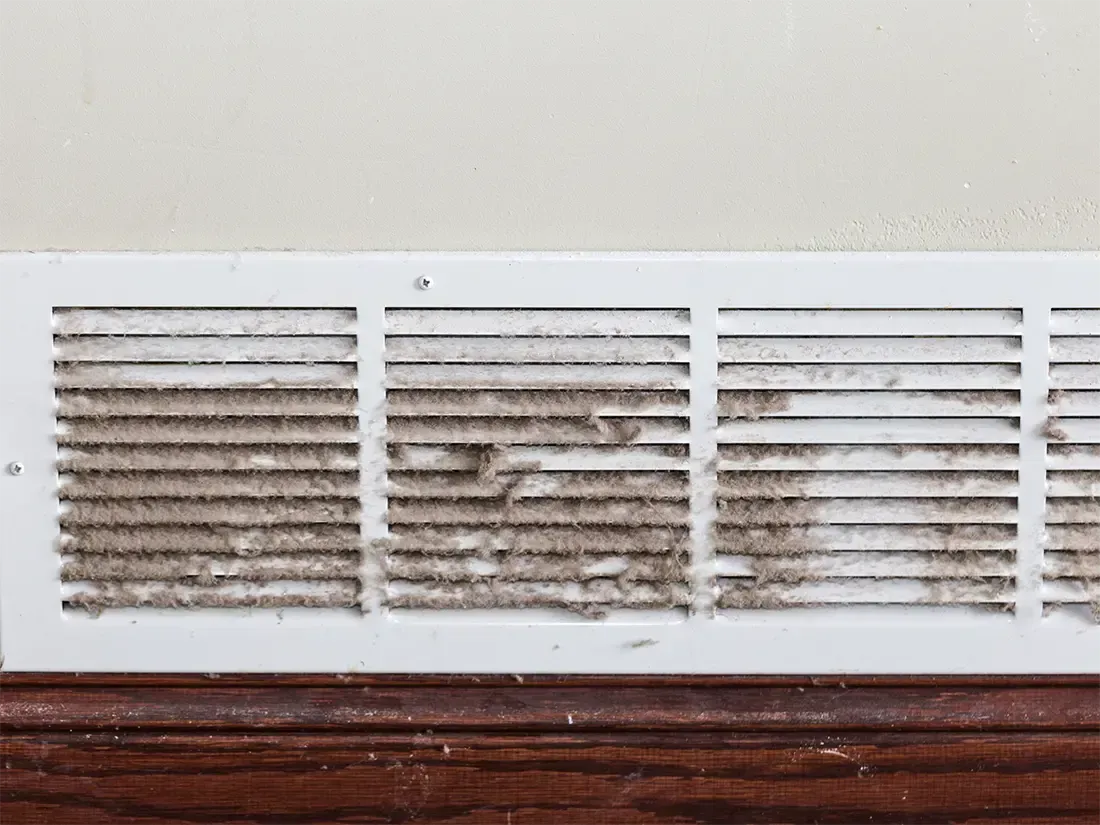The Importance of Commercial Air Duct Cleaning for Indoor Air Quality

Indoor air quality (IAQ) is a crucial environmental factor, mainly because we spend considerable time indoors. Yet, there is a need for a greater understanding of the procedures involved in duct cleaning Conway SC. Maintaining optimal indoor air quality provides comfort and helps maintain your health and well-being. Cleaning HVAC systems and ductwork can significantly enhance IAQ, reducing the risk of respiratory issues and allergies.
Procedures for Effective HVAC Duct Cleaning
Commercial HVAC duct cleaning involves several procedures to remove contaminants from the ductwork and air handling units. The three primary methods for duct cleaning in Conway, SC, are:
1. Contact Vacuum Method: A vacuum cleaner cleans the interior surfaces of the ducts by picking up dirt and dust particles.
2. Air Sweep Method: Utilizes compressed air to dislodge dirt and debris, which are vacuumed. This method employs a nozzle propelled by compressed air.
3. Rotary Brush Method: Involves inserting a rotary brush into the ductwork to agitate and dislodge debris, which is then vacuumed out. This method can be manual or mechanical.
Does Duct Cleaning Help Air Quality?
· Assessing the Effectiveness of Duct Cleaning Methods: Studies on these cleaning methods for duct cleaning in Conway, SC, have consistently demonstrated their effectiveness in improving IAQ. Measurements focus on airborne particulate matter and viable bioaerosols before, during, and after cleaning, providing concrete evidence of the positive impact of these procedures.
· Impact on Airborne Particulate Matter: Particle counts, especially at 0.3 microns and larger, tend to be higher during the cleaning process due to the disturbance caused by cleaning activities. However, post-cleaning readings typically significantly reduce particle counts, particularly with the Air Sweep and Rotary Brush methods.
· Reduction of Viable Bioaerosols: Measurements of bioaerosol concentrations reveal that major microbial contaminants include Cladosporium, Penicillium, and bacteria. Bioaerosols are airborne particles containing living organisms or released from living organisms. These contaminants can significantly affect indoor air quality and health. Post-cleaning levels of bioaerosols are lower than pre-cleaning levels, indicating that duct cleaning Conway SC effectively reduces microbial contamination.
Which Duct Cleaning Method is Best?
Among the methods, the Air Sweep procedure shows the highest reduction in bioaerosol concentration, making it the most effective method for microbial control. Regular cleaning, which helps minimize the presence of these harmful particles, is a key factor in creating a healthier indoor environment, thereby reducing health issues associated with poor indoor air quality.
Raising Public Awareness and Adopting Professional Standards
Despite the demonstrated benefits of duct cleaning Conway SC, public awareness still needs to grow. Increasing awareness about maintaining good indoor air quality through regular HVAC and ductwork cleaning is essential. It's important to note that not all duct cleaning services are equal. Our certified specialists adhere to industry standards and clean properly to ensure effective and safe procedures.
Acting for Better Indoor Air Quality
Cleaning HVAC systems and ductwork is vital for maintaining good indoor air quality. Proper cleaning methods do not pose problems, and concerns about dislodging fibrous materials and creating potential health hazards are unfounded. Promoting public awareness and ensuring qualified professionals perform duct cleaning Conway SC services is essential to protect indoor environments. Contact MasterTech Environmental to learn more about how our services can improve your home's air quality.



